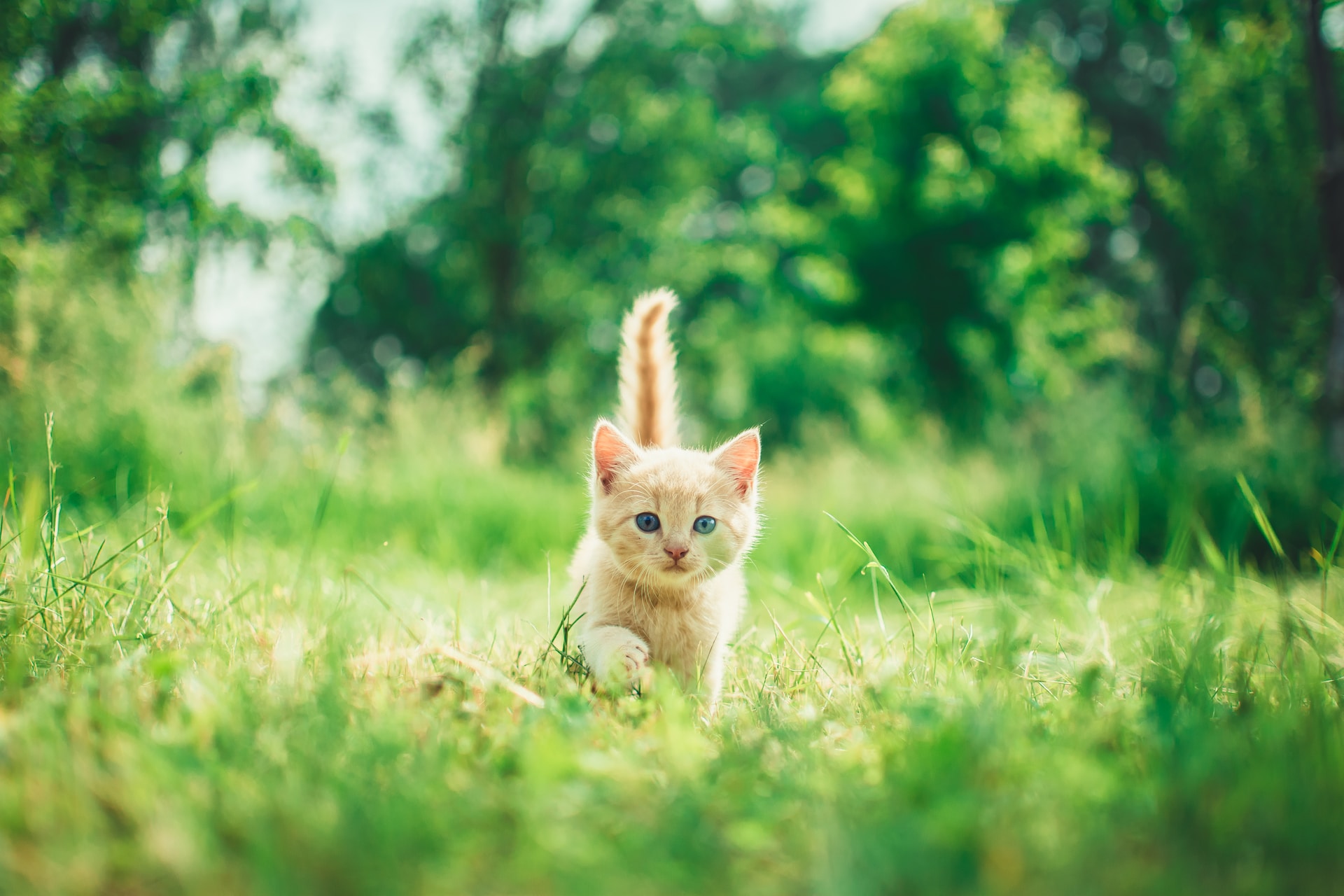Most cat parents have at one time or another purchased catnip or catnip-enhanced toys for their furry family members to enjoy. And enjoy it they do! In fact, almost every cat enjoys smelling, eating, and/or rolling around catnip.
But what is catnip and why does this plant drive cats so crazy? In this post, you’ll learn everything you’ve ever wanted to know about your cat’s favorite plant.
What Is Catnip?
Catnip is a plant that is actually a member of the mint family. The plant was once native to Asia and Europe but it can now be found growing just about all over the world, often along the sides of roads. Its scientific name is Nepeta cataria. Visually, catnip has a grayish-green color and is easily identified by its thick, fuzzy stems and jagged heart-shaped leaves.
Why Do Cats Love Catnip?
What separates catnip into its own unique cat-friendly category is the fact that it produces a chemical called nepetalactone. This chemical is stored in microscopic bulbs that coat the plant’s leaves, stems, and seedpods.
Nepetalactone is particularly appealing to all species of felines, from domestic cats to big cats, including lions and tigers. When these bulbs break, they release the nepetalactone into the air and this triggers a range of different responses from cats. Most cats, after smelling the nepetalactone will begin to rub, claw, chew, and roll in it to release even more of the chemical.
Nepetalactone so strongly affects your cat because when it enters your cat’s nose, it binds to receptors located on the sensory neurons that line your cat’s nasal cavity. This activates the parts of your cat’s brain that control emotion and behavior. Nepetalactone is a short-acting chemical with its effects only lasting 10 to 15 minutes. Thus, the amount of catnip that your cat consumes, or inhales, can impact how strongly she responds to it. The more your cat eats or inhales it, the stronger the chemical’s effect will be.
How Do Cats React to Catnip?
While the most common responses to catnip include sniffing, licking, eating, rolling, and rubbing their cheeks on it, some cats may react differently or even not at all. For instance, some cats may become hyperactive and jump around whereas others may become mellow to the point where they simply stretch and drool around the plant.
Then there are those that don’t respond to catnip at all. According to the American Chemical Society, a cat’s sensitivity to nepetalactone is inherited, and approximately one in three of cats simply do not inherit the sensitivity to the chemical. Kittens also usually don’t take to catnip because nepetalactone sensitivity doesn’t develop in a cat until they are three to six months of age.
But as addicting as catnip can be to your cat, you can rest assured that she will walk away from it once she’s had enough. She may not even show interest in it again for several hours or more.
Can I Grow My Own Catnip?
Yes! Catnip is very easy to grow and it can be found in most nurseries in the herb section. The plant grows best when it is planted in early spring in sandy soil and in a part of the yard that gets full sun. If you find your catnip is growing faster than your cat can keep up with, don’t worry. You can store your excess catnip in the freezer in an airtight container. This will help keep it fresh and help ensure that you have enough catnip to keep your cat happy and satisfied throughout the winter months.

